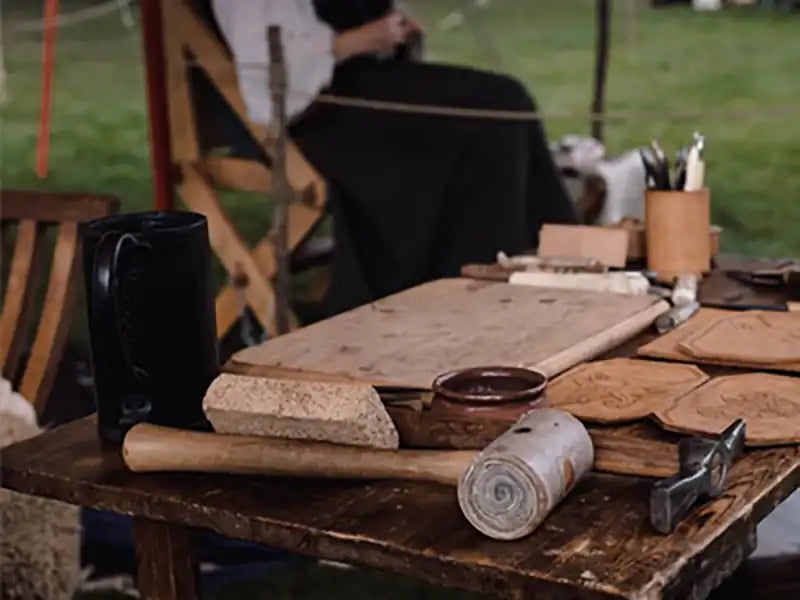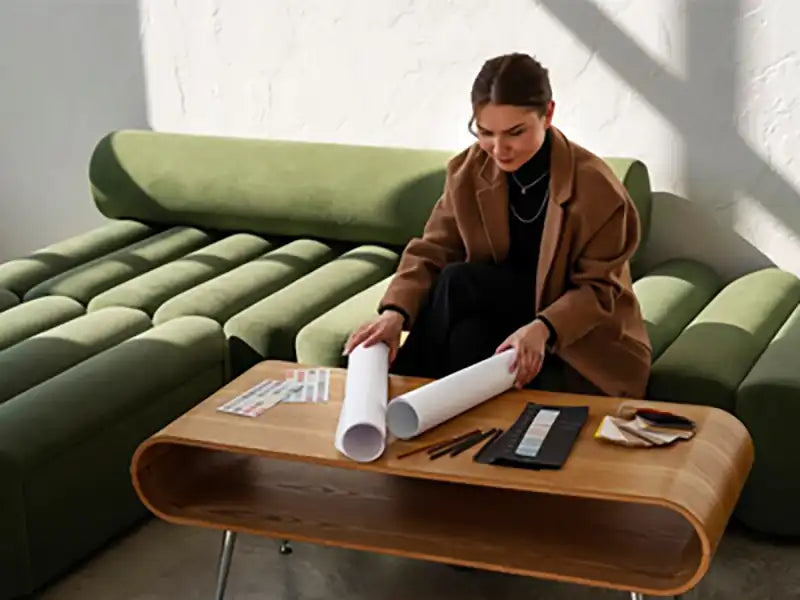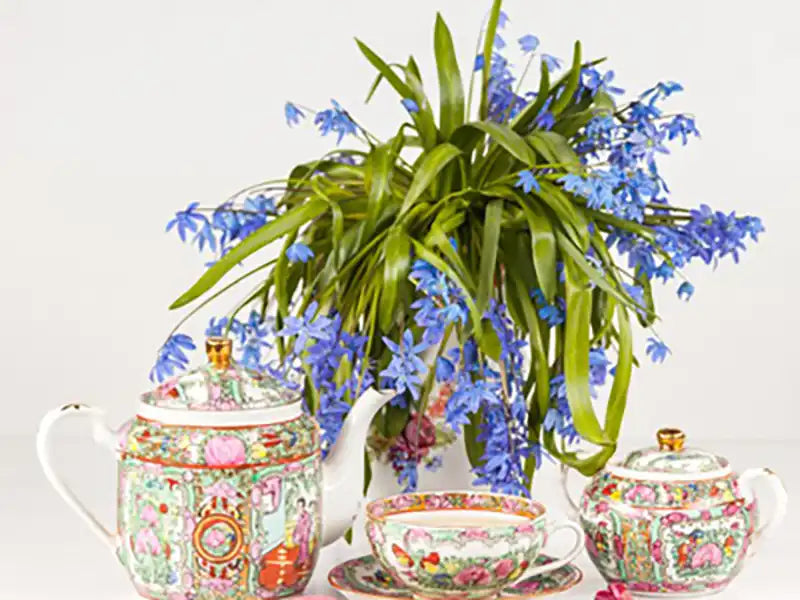When it comes to furniture, dimensions play a pivotal role in creating a harmonious and functional living space. The same holds true for bookshelves and bookcases – essential elements that not only house your literary treasures but also contribute to the overall aesthetic of a room. In this article, we delve into the world of ideal dimensions for bookshelves and bookcases, helping you strike the perfect balance between form, function, and visual appeal.
Understanding the Basics
Before we dive into the specifics, let's understand the key elements that influence the dimensions of bookshelves:
- Height: The vertical measurement from the base to the top of the bookshelf piece.
- Width: The horizontal measurement from side to side.
- Depth: The measurement from the front of the furniture to the back.
Choosing the Bookcase Height: Vertical Impact
The height of your bookcase can greatly influence the visual dynamics of the room. While there's no one-size-fits-all answer, consider these factors:
-
Ceiling Height: A general guideline is to keep the height of your bookcase below the midpoint of the ceiling height. This prevents the piece from overpowering the room and maintains a sense of balance.
-
Functional Use: If you're storing mostly paperbacks, a shorter bookshelf might suffice. However, for larger hardcovers or decorative items, opt for a taller piece that accommodates various sizes.
Balancing Width: Fitting the Space
Width is crucial to ensure that your bookshelf or bookcase fits seamlessly within the designated area:
-
Room Size: In smaller rooms, opt for a narrower piece to prevent overcrowding. In larger spaces, you can go for a wider bookshelf that complements the room's scale.
-
Proportion: Aim for a width that complements the height of the piece. A balanced proportion enhances the visual appeal and prevents the furniture from appearing top-heavy.
Depth Matters: Practicality and Aesthetics
The depth of your bookcase impacts both functionality and aesthetics:
-
Book Sizes: Consider the sizes of the books you'll be storing. A deeper shelf is ideal for larger hardcovers, while a shallower depth might be sufficient for smaller paperbacks.
-
Walkways: If your furniture will be placed in a high-traffic area, opt for a shallower depth to ensure comfortable walkways and prevent the piece from jutting out too far.
Customizing to Your Needs
Ultimately, the ideal dimensions for your custom timber bookshelf depend on your individual preferences and needs:
-
Customization: Many furniture manufacturers offer customizable options, allowing you to tailor the dimensions to your specific requirements.
-
Multifunctionality: If you're seeking a piece that serves both as storage and a display area, consider a bookcase with adjustable shelves. This gives you the flexibility to accommodate various items.
-
Symmetry: For a cohesive and organized look, choose dimensions that create symmetry within the piece. Balanced spacing between shelves can enhance the visual appeal.
Conclusion: Craftsmanship Meets Comfort
As you navigate the world of bookshelf and bookcase dimensions, remember that craftsmanship and comfort go hand in hand. Your furniture piece should not only be visually pleasing but also practical and inviting. By understanding your space, the items you intend to store, and your aesthetic preferences, you can curate a piece that seamlessly integrates into your living space, adding both functionality and charm. Whether your style leans towards minimalist lines or intricate designs, finding the ideal dimensions ensures that your bookshelf or bookcase becomes a treasured addition that resonates with your lifestyle and enhances your interior design narrative.






